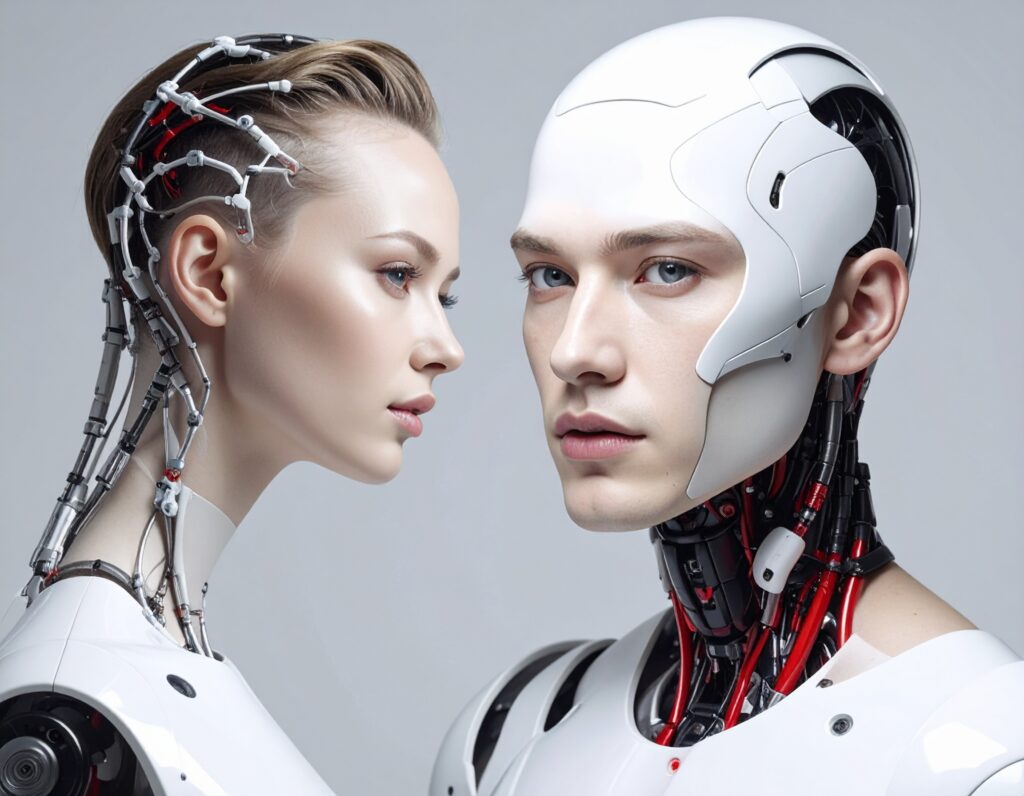Humanoid Robots in the US: The Rise of AI Employees and Non-Human Workers

Tesla’s Optimus: From Concept to Factory Floors
In November 2025, Tesla showcased its ambitious plans for the Optimus humanoid robot during its annual shareholder meeting. CEO Elon Musk revealed intentions to produce an initial “legion” of robots this year, scaling to potentially 10 legions next year. Optimus has been demonstrated performing tasks such as serving drinks, cleaning, and dancing, highlighting its potential as an AI Employee. Tesla plans to deploy the first fleet in its factories by the end of 2025, with commercial production expected further down the line. Musk envisions Optimus becoming a major contributor to Tesla’s overall value, estimating it could eventually account for around 80% of the company.
Figure: Humanoids for Everyday Life
Another US startup, Figure, founded by Brett Adcock, is developing humanoid robots capable of household tasks, including laundry and dishwashing. Backed by $2.34 billion in funding, Figure aims to create general-purpose robots that could replace unsafe or undesirable human jobs, improving quality of life. Adcock predicts that within a few years, these humanoid AI Employees will be able to perform practical work autonomously, moving closer to the promise of Artificial General Intelligence (AGI).

1X: Home and Industrial Robots
1X, a Norwegian-American robotics company supported by OpenAI, focuses on “general purpose robots” for both domestic and industrial use. Its home robot, Neo, is now available for pre-order with a planned US launch in 2026. While initially requiring tele-operation, Neo and 1X’s industrial Eve robots represent a growing trend of Voice AI Agents and non-human workers entering everyday life and workplaces, bridging human-robot collaboration.
The Broader Implications
The rapid progress of these companies underscores a pivotal moment in robotics. Humanoid robots are transitioning from science fiction into practical tools that could reshape labor markets and household life. Factories may soon employ fleets of non-human workers, while homes could rely on AI Employees for routine chores, marking a profound shift in how humans interact with technology.
Key Highlights:
- Tesla’s Optimus aims for factory deployment by end of 2025, potentially scaling to 1 million robots annually.
- Figure develops humanoid robots for household tasks, aiming to replace unsafe human jobs.
- 1X offers home and industrial robots, initially tele-operated but gradually gaining autonomy.
- Humanoid robots are poised to become a major part of US workplaces and homes, signaling the rise of AI Employees and Voice AI Agents.
Reference:

